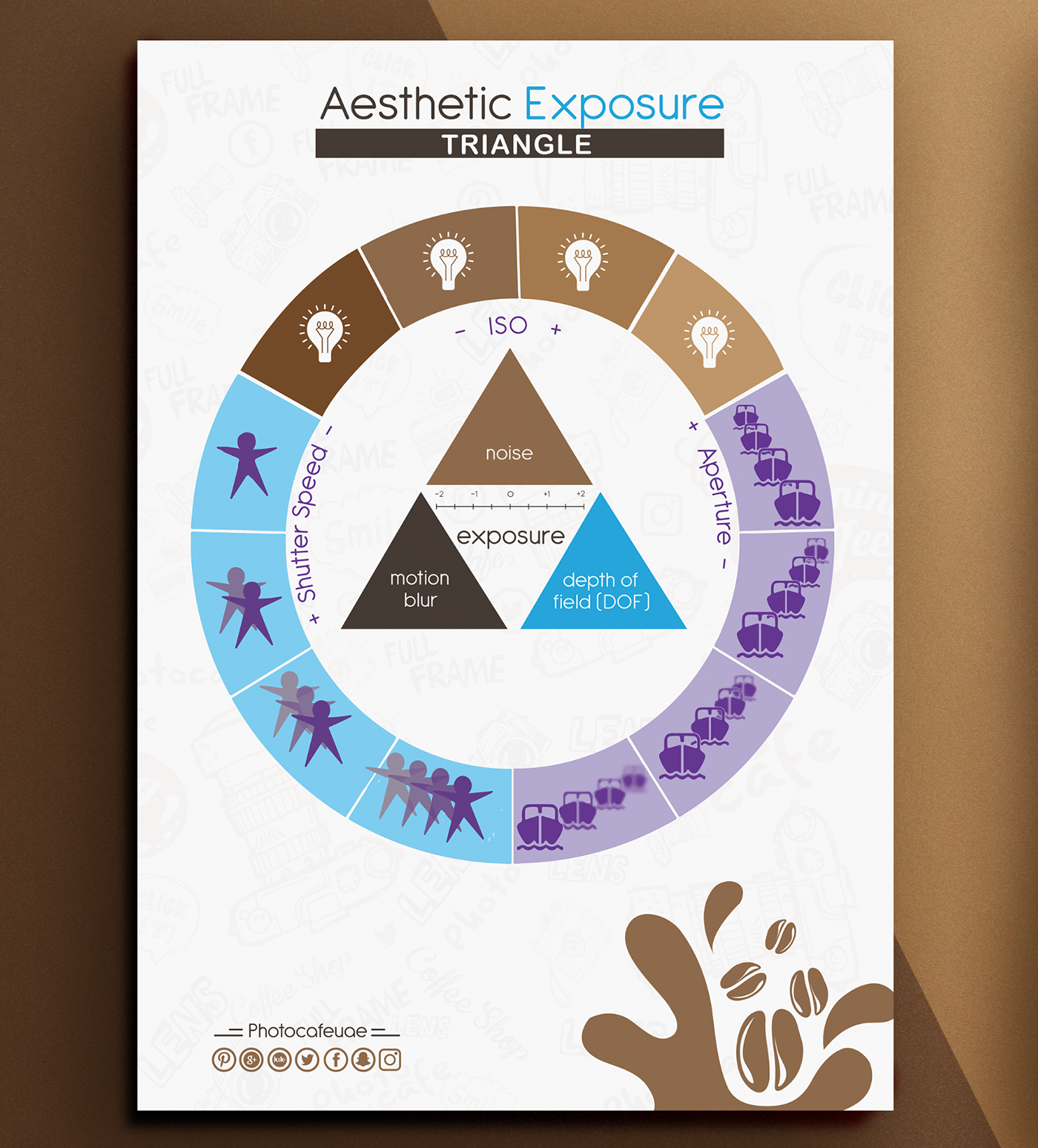Professional Photographers Usually Overlook Key Basics That Can Prevent Their Development; Find Vital Pointers To Raise Your Skills And Stay Clear Of Typical Pitfalls
Professional Photographers Usually Overlook Key Basics That Can Prevent Their Development; Find Vital Pointers To Raise Your Skills And Stay Clear Of Typical Pitfalls
Blog Article
Short Article Produced By-Vinter Loft
As a brand-new photographer, it's easy to get caught up in the appeal of high-end equipment and neglect the basics that absolutely elevate your craft. You could find yourself annoyed when your pictures do not reflect the vision you desired. Usual errors, like ignoring lighting fundamentals or overlooking structure concepts, can hold you back greater than you recognize. But comprehending these challenges can change your method. Allow's explore these blunders and just how you can sidestep them to improve your photography journey.
Disregarding Lights Basics
Overlooking lights fundamentals is one of the greatest bad moves brand-new photographers make. https://telegra.ph/Just-How-To-Build-A-Digital-Photography-Profile-That-Stands-Apart-01-08 could think that catching a fantastic photo is everything about your cam settings or the latest gear, but the fact is, lights is vital. Appropriate lighting can raise your photos from ordinary to spectacular, and understanding it can conserve you from countless missed out on opportunities.
First, focus on all-natural light. The gold hours-- soon after sunrise and prior to sunset-- use soft, lovely light that enhances your topic. Prevent severe noontime sun, which can cast unflattering shadows. If you're shooting indoors, position your subject near windows to benefit from diffused light.
Next off, discover to control man-made lights. Explore various resources, like lamps or exterior flash. Usage reflectors to jump light back onto your subject for a softer impact. Do not neglect that darkness can add deepness; welcome them as opposed to shying away.
Lastly, technique changing your camera settings according to the lighting conditions. Understand just how shutter rate, aperture, and ISO interact to accomplish the preferred direct exposure.
Overemphasizing Devices
Numerous new professional photographers fall into the catch of assuming that having the most up to date and greatest equipment will automatically improve their digital photography. While it's alluring to think that a higher-end electronic camera or an expensive lens will boost your job, the truth is that it's not nearly the devices you use.
Your abilities, creativity, and understanding of photography play a much bigger duty in producing stunning pictures. Buying superior equipment can be useful, yet it should not be your main focus. Instead, focus on understanding the basics-- light, composition, and narration.
You can take impressive pictures with a basic electronic camera if you know how to utilize it effectively. Often, it's the photographer's vision, not the gear, that makes the difference.
Additionally, overstating tools can result in frustration and burnout. You may find yourself regularly chasing after the following item of equipment rather than honing your craft.
Neglecting Composition Principles
When you pick up your camera, it's simple to concentrate entirely on the subject, however disregarding composition concepts can lead to lackluster pictures. Make- PR Photos is the foundation of photography; it overviews the visitor's eye and creates a visual narrative. If you ignore it, your spectacular subject might get lost in a cluttered framework.
Beginning by using the policy of thirds. Visualize your frame split right into nine equal parts by two straight and two vertical lines. Placement crucial elements along these lines or at their intersections for a well balanced and appealing shot.
In addition, take into consideration leading lines. Usage all-natural lines in your scene to draw the visitor's eye toward the topic.
Do not forget about framing. Use surrounding aspects to create a "structure within a structure." This method can add deepness and emphasis to your subject.
Finally, pay attention to adverse area. In some cases, less is more. Enabling empty space can enhance your prime focus and produce a much more powerful image.
Final thought
To conclude, by avoiding these common risks, you can elevate your digital photography abilities dramatically. Concentrate on understanding lighting, composition, and direct exposure as opposed to obtaining shed in expensive gear. Don't take too lightly the power of post-processing, either-- it can really change your images. Remember to select the correct time of day for capturing, as lighting plays a crucial role in your final results. Accept these ideas, and view your digital photography prosper!
